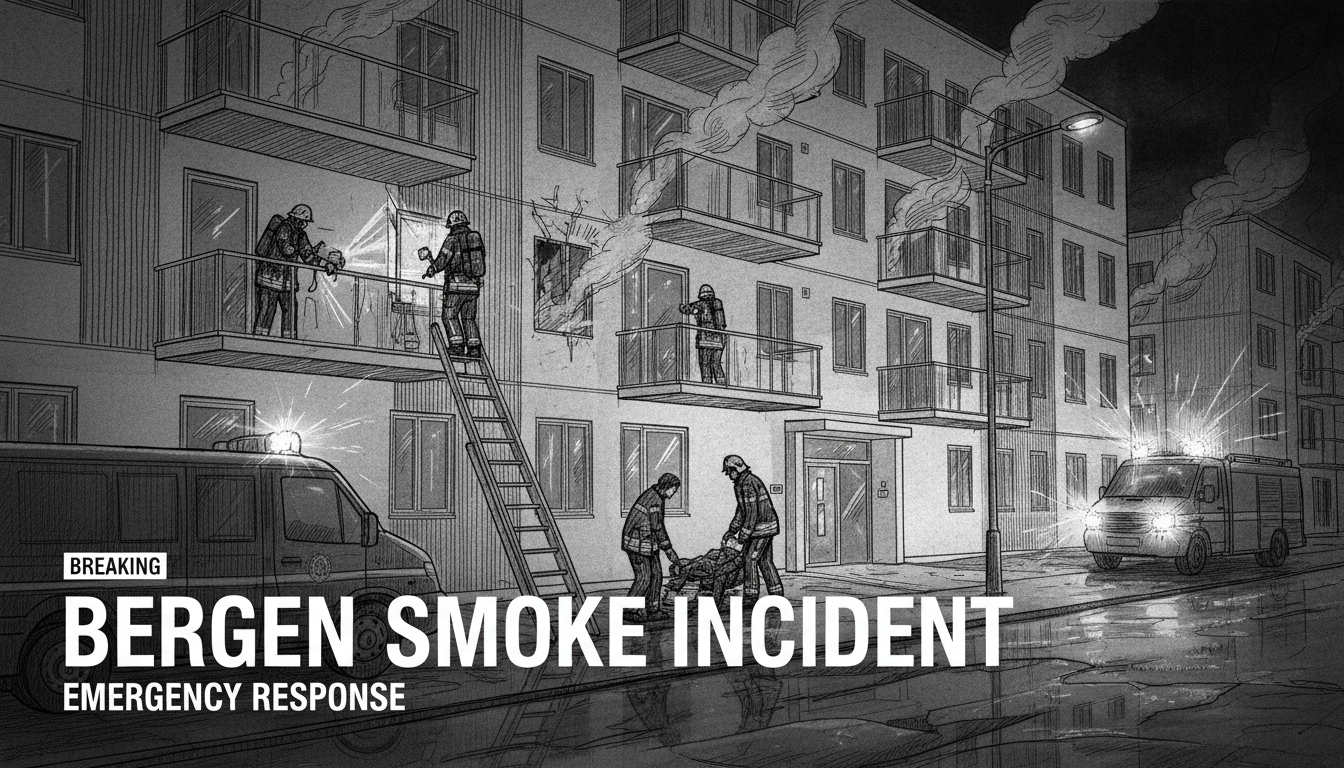Fire crews responded to a residential building at Danmarks plass in Bergen on Thursday evening. Emergency services received the initial call around 9 PM. Smoke was detected on the second floor of the apartment block, though no open flames were visible.
Emergency officials confirmed they had to remove sections of the building's facade to access the source of the smoke. Crews used thermal imaging equipment and specialized smoke diving teams to locate the problem area. The operation involved careful assessment of wall temperatures and structural integrity.
A police spokesperson confirmed one resident received medical attention for smoke inhalation. The individual was treated at the scene by emergency medical personnel. No residents required evacuation from the building, according to official statements.
This incident highlights the particular challenges of urban fire safety in Nordic countries. Norwegian building codes emphasize compartmentalization and smoke detection systems, especially important during colder months when residents keep windows closed. The quick response demonstrates Bergen's emergency preparedness protocols in action.
Bergen's dense urban architecture presents unique challenges for fire crews. The city's characteristic wooden buildings and narrow streets require specialized equipment and training. This incident shows how emergency services adapt traditional firefighting techniques to modern construction methods.
What does this mean for international residents in Norway? The country maintains strict building safety standards, but incidents like this serve as important reminders about fire safety awareness. All residents should ensure smoke detectors function properly and know their building's evacuation plans.
The response followed standard Norwegian emergency procedures, with coordinated efforts between fire, police, and medical services. Such integration reflects Norway's comprehensive approach to public safety and emergency management.
Building safety remains a priority in Norwegian cities, where harsh winters and dense urban planning create complex challenges. This incident ended without major consequences, but it underscores the importance of regular maintenance and prompt emergency response systems.

